Introduction
Sweet Plum Wine infused with rock sugar, often referred to as “冰糖杨梅酒” in Chinese culinary circles, is a beloved beverage that marries the tangy zest of fresh waxberries (Chinese bayberries) with the caramelized sweetness of rock sugar. This exquisite libation, rooted in traditional Chinese fermentation techniques, has captivated palates for centuries with its balance of fruitiness, subtle alcohol warmth, and crystalline clarity. Crafting this wine at home is both an art and a science, requiring precision in ingredient selection, meticulous preparation, and patience during the aging process. This guide delves into the nuances of creating this iconic drink, offering step-by-step instructions, expert tips, and creative adaptations to elevate your homemade plum wine to gourmet perfection.
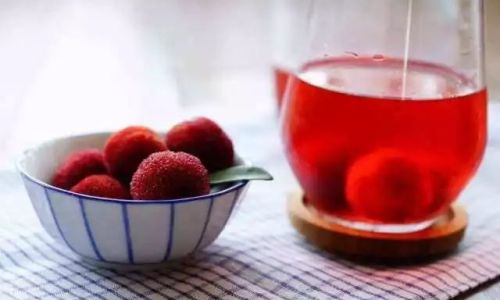
Chapter 1: Understanding the Ingredients
The foundation of exceptional Sweet Plum Wine lies in the quality of its components. Each ingredient plays a pivotal role in shaping the final flavor profile, making careful selection non-negotiable.
-
Waxberries (Chinese Bayberries):
- Selection Criteria: Opt for plump, deep-crimson berries with a firm texture. Avoid specimens with mold, bruises, or excessive softness, as these indicate spoilage.
- Cultivar Considerations: While any waxberry variety can be used, the “Dongkui” cultivar is prized for its intense sweetness and low acidity, yielding a smoother wine.
- Pre-Treatment: Rinse berries gently under cold water to remove debris. Pat dry thoroughly to prevent unwanted microbial growth during fermentation.
-
Rock Sugar (Bing Tang):
- Why Rock Sugar?: Unlike granulated sugar, rock sugar dissolves slowly, allowing for a more gradual fermentation process. Its larger crystals also minimize sediment, resulting in a clearer wine.
- Proportions: A 1:1 ratio of berries to rock sugar by weight is traditional, but adjustments can be made based on desired sweetness. For a drier wine, reduce sugar by 10–15%.
-
*Alcohol Base:
- Neutral Spirit: Use a high-proof vodka or baijiu (Chinese sorghum spirit) with 40–50% ABV. Avoid flavored spirits, as they clash with the berries’ delicate aroma.
- Quantity: Aim for a 3:1 alcohol-to-berry ratio by volume. This ensures adequate extraction of flavors while preventing over-alcoholic harshness.
-
*Optional Enhancements:
- Lemon Zest: A strip added during maceration brightens the wine’s acidity.
- Star Anise: One pod infuses subtle warmth without overpowering the fruit.
- Dried Chrysanthemum Flowers: A handful imparts floral complexity during aging.
Chapter 2: The Fermentation Process
Creating Sweet Plum Wine involves two distinct phases: maceration and aging. Each stage demands vigilance to achieve optimal results.
Phase 1: Maceration (7–10 Days)
-
Layering Technique:
- In a sterilized glass jar, alternate layers of waxberries and rock sugar. This ensures even sugar distribution and prevents mold formation.
- Press berries gently with a wooden spoon to release juices, but avoid crushing seeds (which impart bitterness).
-
Alcohol Addition:
- Pour the spirit over the berries until fully submerged. Seal the jar tightly and store in a cool, dark place (18–22°C / 64–72°F).
- Tip: Use a fermentation lock or airtight lid to allow gas release while preventing oxygen exposure.
-
Daily Agitation:
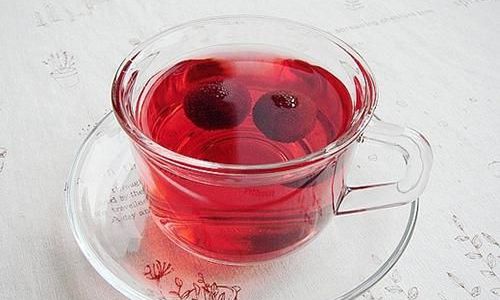
Gently shake the jar once daily to redistribute sugar and prevent surface mold. If mold appears, skim it immediately—it won’t ruin the batch if caught early.
Phase 2: Aging (3–6 Months)
-
Straining:
After maceration, strain the liquid through cheesecloth into a clean container. Press solids lightly to extract residual juice without forcing pulp through.
-
Secondary Fermentation:
- Transfer the strained wine to a sterilized carboy or glass bottle, leaving 2–3 inches of headspace to accommodate gas buildup.
- Attach an airlock and age in a dark, temperature-stable environment (15–18°C / 59–64°F). Lower temperatures slow fermentation, preserving delicate aromas.
-
Racking:
Every 4–6 weeks, siphon the wine into a fresh container to remove sediment. This “racking” process clarifies the liquid and halts off-flavor development.
Chapter 3: Troubleshooting Common Issues
Even seasoned brewers encounter hiccups. Here’s how to address them:
-
Cloudy Wine:
- Cause: Excessive sediment or incomplete racking.
- Fix: Use a fining agent like bentonite clay or egg white powder. Stir gently, then let settle for 48 hours before re-racking.
-
Overly Sweet or Alcoholic Taste:
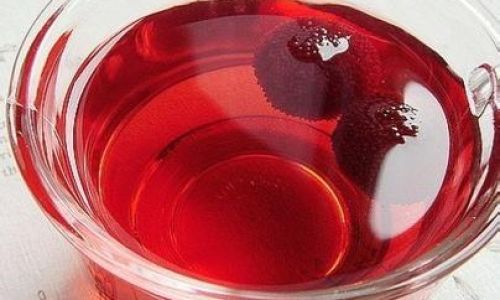
- Cause: Imbalanced sugar-to-alcohol ratio.
- Fix: Dilute with unflavored seltzer water or blend with a dry white wine before bottling.
-
Foul Odors:
- Cause: Bacterial contamination from improper sanitation.
- Fix: Discard the batch immediately. Sanitize all equipment with a no-rinse cleanser like Star San.
Chapter 4: Bottling and Aging
-
Final Clarification:
Before bottling, age the wine for an additional 2–3 months to mellow harsh edges. Taste-test periodically to gauge readiness.
-
Bottling Technique:
- Use dark-green glass bottles to protect against light degradation. Cork with natural corks or synthetic stoppers.
- Pro Tip: Label bottles with the batch date and ingredients for future reference.
-
Extended Aging:
For complex, nuanced flavors, age bottles horizontally in a cellar for 1–3 years. Decant before serving to aerate.
Chapter 5: Creative Adaptations
Sweet Plum Wine’s versatility invites experimentation. Try these variations:
-
Spiced Plum Wine:
Add 2 cinnamon sticks, 4 cloves, and a vanilla bean during maceration. Strain after 14 days for a winter-spiced elixir.
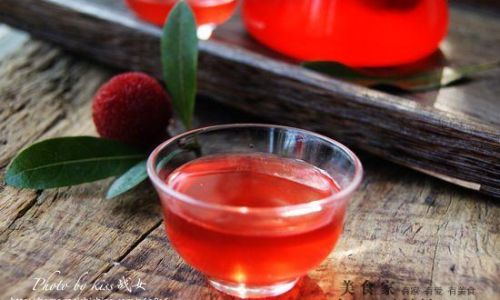
-
Plum-Ginger Liqueur:
Infuse 100g fresh ginger (sliced) during maceration. Reduce rock sugar by 20% to balance spiciness.
-
Low-ABV Version:
Substitute 25% of the alcohol with freshly squeezed grapefruit juice. Ferment for 6 weeks at 20°C (68°F) for a lighter, citrusy profile.
Chapter 6: Pairing and Serving Suggestions
-
Culinary Pairings:
- Cheese: Complement the wine’s sweetness with aged Gouda or blue cheese.
- Desserts: Serve alongside almond tart, black sesame mochi, or dark chocolate truffles.
-
Cocktail Applications:
- Plum Negroni: Mix 1 oz Sweet Plum Wine, 1 oz gin, 1 oz Campari, and 1 oz sweet vermouth. Garnish with an orange twist.
- Sparkling Plum Spritz: Top 2 oz wine with prosecco and a splash of lime juice.
Conclusion
Crafting Sweet Plum Wine with rock sugar is a journey that rewards patience and precision. By mastering ingredient selection, fermentation control, and creative adaptation, you can produce a beverage that rivals artisanal boutique wines. Whether enjoyed chilled on a summer afternoon or paired with decadent desserts, this timeless elixir embodies the harmony of tradition and innovation. Raise a glass to the alchemy of fruit, sugar, and time—and savor the fruits of your labor. Cheers!
Word Count: 1,512
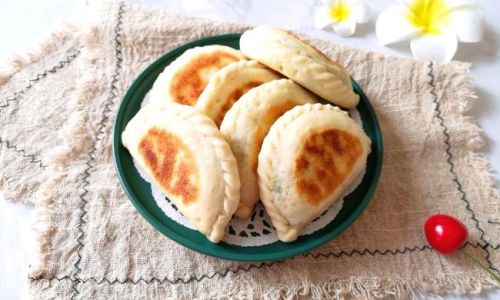
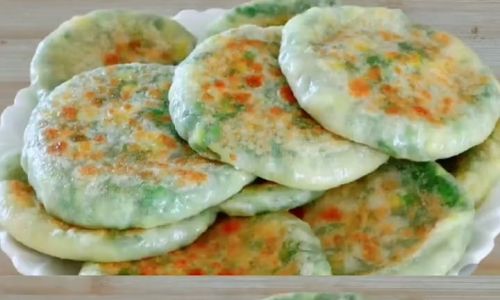
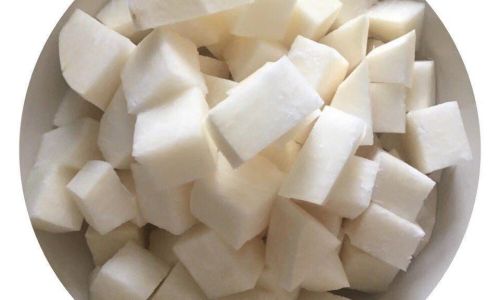
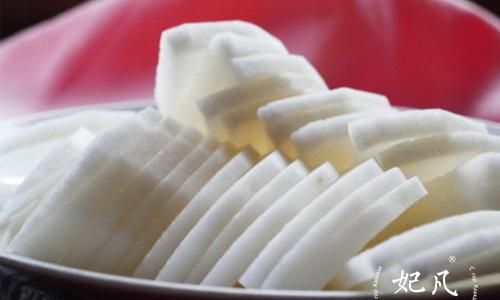
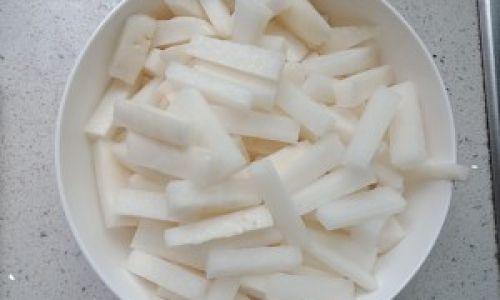
0 comments